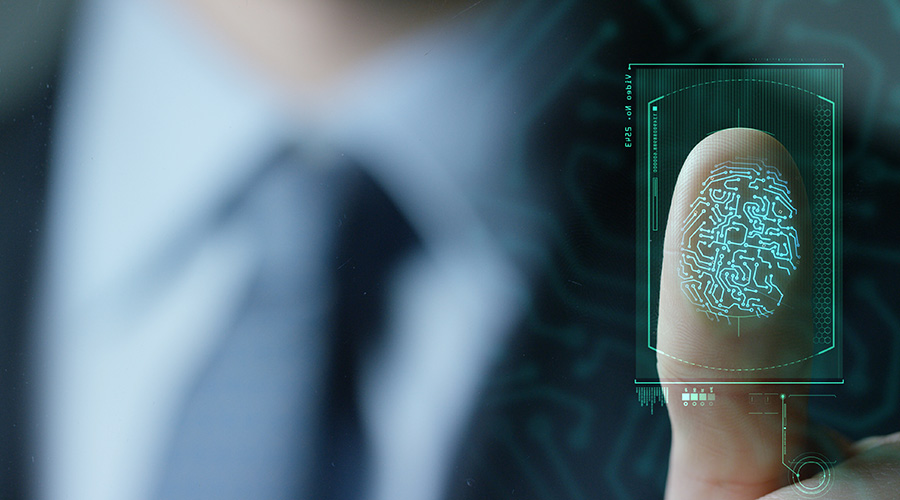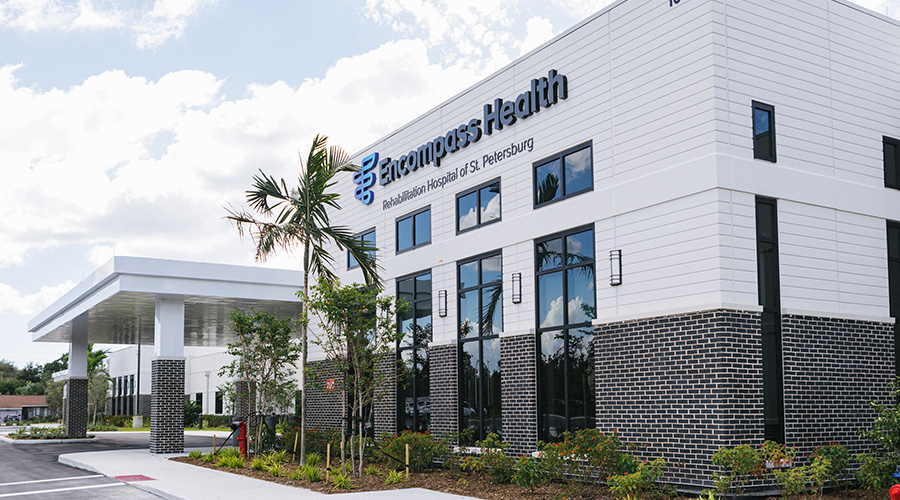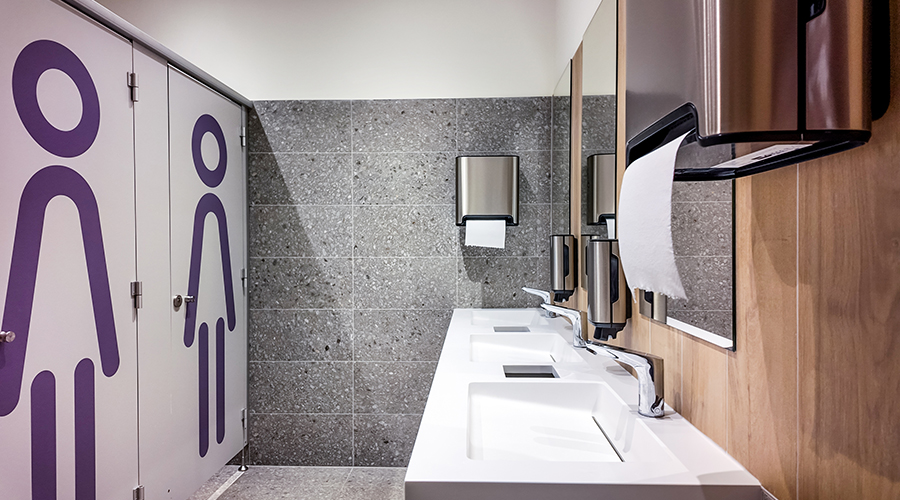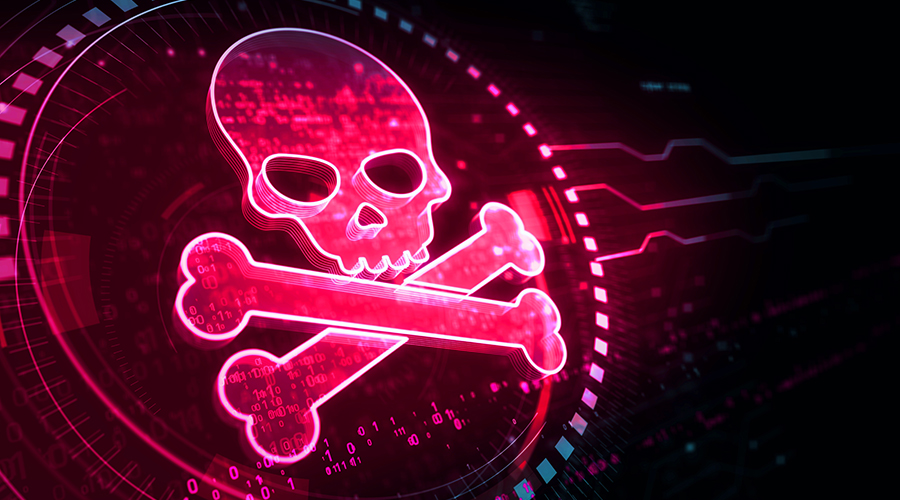Since the beginning of what is known as the “Information Age”, paper has been viewed as a canvas to document ideas, record relevant material and deliver messages to prospective readers. Continued innovations in technology have given billions of workers the ability to connect seamlessly - oftentimes with little effort. Convenience and efficiency are deemed e topline must-haves, as we have handy cloud services that digitize essential materials like images and documents. Thus, common tasks like writing letters or printing receipts are now seen as passé as they can be streamlined or, in some cases, avoided altogether by utilizing email, apps and/or direct electronic messages.
Paper serves as a conduit for information to be shared easily among several parties. Because of this, until there is one other common denominator that everyone can recognize, paper and the need to utilize it will remain evergreen for people of all ages. As the original device of modern communication, paper has long held its position as a lifeline for several industries, most notably in healthcare. As an industry that adopted mobile working styles to great effect, healthcare has still seen the use of paper as a mission-critical component to their quest of providing quality patient care. For instance, in the health sector, paper is required for appointment and insurance documentation, differentiating prescriptions for patients and communicating clinical decision-making and objectives.
As one of the standard ways of utilizing paper, printing is also seen as a surefire way to quickly and succinctly relay a set of messages into a clear, readable format. But with several tech vendors proudly touting their robust “paperless” capabilities in an effort to curb waste and conserve ink, it begs the question – in the long run, where will paper end up for our communication needs? Outside of the workplace, does it still make sense to consider printing and paper “dead” when it was one of the first sources of communication? Will it serve us or become obsolete in our electronically-dependent world? No. In truth, paper, in tandem with printing, will always be around in some capacity.
Today, one of the growing general notions of technology is that electronic sources of communication have eclipsed functions that were previously considered the norm. However, in the workforce, printing is a central, vital function. But what advances will industries have to do to maintain innovation and relevancy in an increasingly digital world? Continued flexibility to support mobile and BYOD work styles, compatibility with cloud documents and the bandwidth to securely support multiple print devices within a single environment are a few features that can the healthcare sector evolve with the technological curve while still maintaining some of its classic characteristics.
According to data from Sageworks, commercial printers have seen an incremental growth and improved profitability over the past several years, a direct contrast to the growing public perception that printing is dead. This illustrates that while technological aspects may have expanded to allow for convenience in the business environement, the behavioral habits and physical needs have remained the same and will likely continue. It is almost automatic notion that people will immediately recognize paper to write, print and read off of. With this, there will always be a distinct, tangible need for a hard, physical iterations of documents – keeping the need for paper alive and well for communication.
Arron Fu is the founder and CTO of UniPrint.net Corp.

 A 'Superbug' Is on the Rise in Hospitals
A 'Superbug' Is on the Rise in Hospitals The Next Generation of Security Tech in Healthcare Facilities
The Next Generation of Security Tech in Healthcare Facilities Encompass Health Rehabilitation Hospital of St. Petersburg Opens
Encompass Health Rehabilitation Hospital of St. Petersburg Opens Why More Facilities are Adding Gender Neutral Restrooms
Why More Facilities are Adding Gender Neutral Restrooms Massachusetts Hospital Cyberattack Reflects Growing Vulnerability in Healthcare Systems
Massachusetts Hospital Cyberattack Reflects Growing Vulnerability in Healthcare Systems